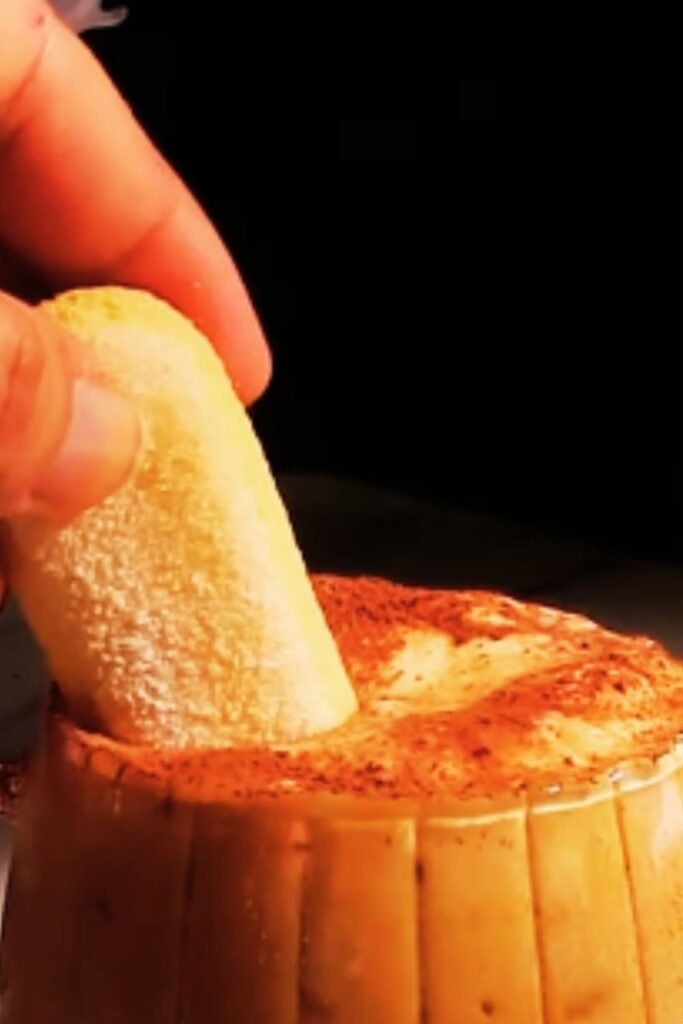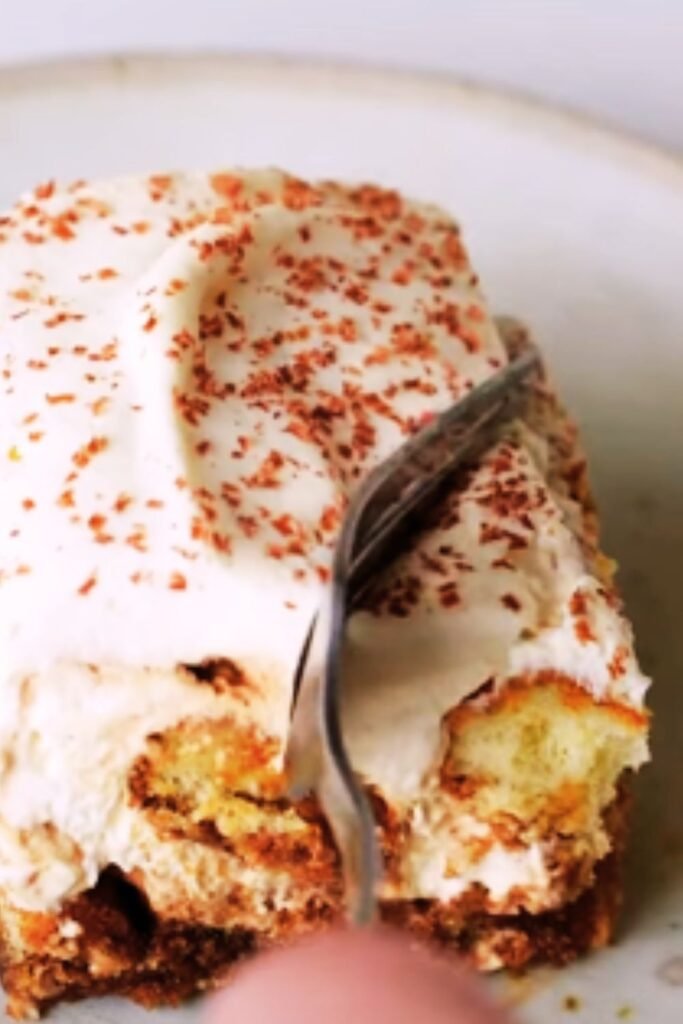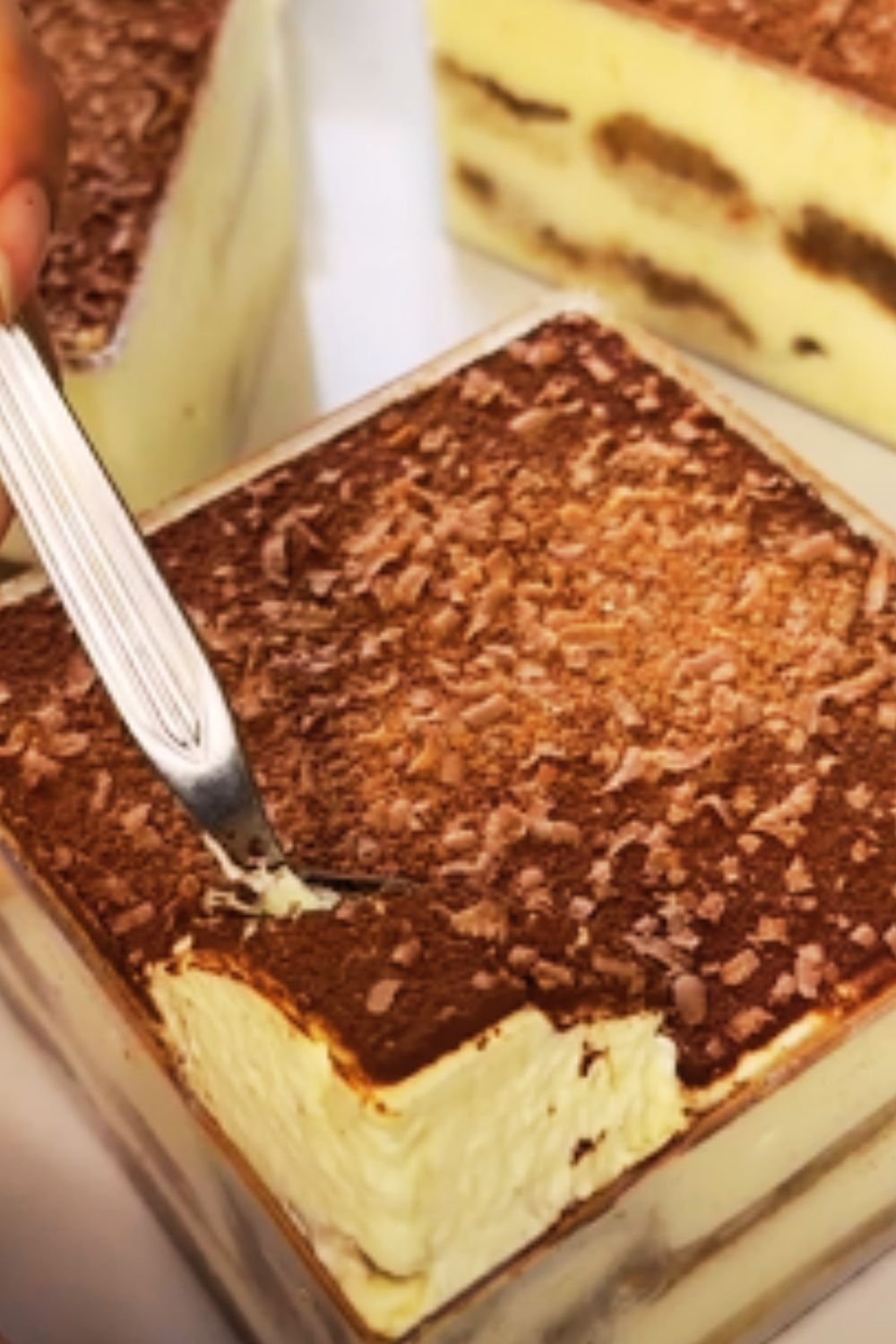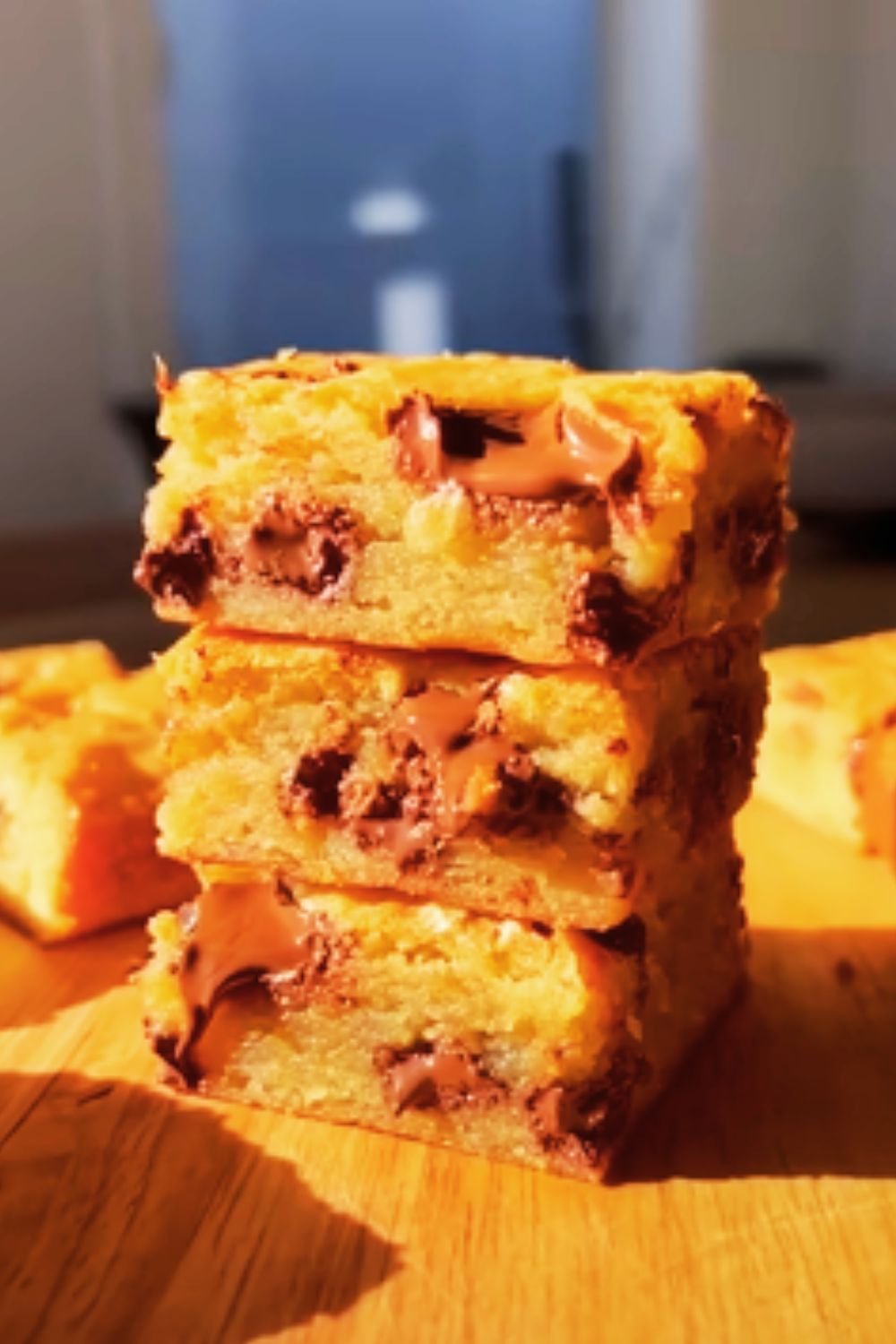Have you ever found yourself torn between enjoying a cup of coffee or indulging in a delectable dessert? I’ve been there too, and that’s precisely why I fell in love with whipped tiramisu coffee. This heavenly beverage combines the rich, robust flavors of coffee with the creamy, indulgent essence of tiramisu—Italy’s beloved dessert. It’s the perfect marriage of caffeine and confection that transforms an ordinary coffee break into a luxurious experience.
As someone who has experimented with countless coffee variations over the years, I can confidently say that whipped tiramisu coffee stands out as a true game-changer. It captures the essence of traditional tiramisu—mascarpone cheese, cocoa, and coffee-soaked ladyfingers—and transforms it into a drinkable delight that can be enjoyed any time of day.
In this article, I’ll walk you through everything you need to know about this innovative beverage: its origins, how to craft the perfect cup at home, variations to try, and even the science behind what makes it so irresistibly delicious. So grab your favorite mug and prepare to elevate your coffee routine with this Italian-inspired masterpiece!
The Origins of Tiramisu and Its Coffee Connection
Tiramisu, which translates to “pick me up” or “cheer me up” in Italian, has a relatively recent history compared to many classic Italian desserts. While debates about its exact origins continue, most food historians agree that tiramisu emerged in the Veneto region of Italy during the 1960s or 1970s.
The dessert’s connection to coffee runs deep—traditional tiramisu features ladyfingers soaked in espresso, layered with a mixture of mascarpone cheese, eggs, and sugar, then dusted with cocoa powder. This combination creates a perfect balance of bitter coffee, sweet cream, and rich chocolate notes.
The recent trend of whipped tiramisu coffee builds upon this tradition but reimagines it in beverage form. It gained significant popularity during 2020 when home coffee experimentation surged worldwide. People sought creative ways to recreate café experiences at home, and whipped coffee variations—including this tiramisu-inspired version—became social media sensations.
I first discovered this delightful concoction during a virtual coffee tasting with friends. What began as a simple experiment quickly became my weekend ritual and a staple recipe that I’ve refined over countless Saturday mornings.
Essential Ingredients for Authentic Whipped Tiramisu Coffee
Creating the perfect whipped tiramisu coffee requires quality ingredients that capture the essence of the classic Italian dessert. Here’s what you’ll need:
Coffee Base:
- Strong brewed coffee or espresso
- Mascarpone cheese
- Heavy cream
- Egg yolks (pasteurized for safety)
- Granulated sugar
- Vanilla extract
- Cocoa powder
- Instant coffee (for the whipped topping)
Equipment:
- Electric mixer or whisk
- Measuring cups and spoons
- Tall glass or mug
- Small saucepan (if tempering egg yolks)
- Sifter for cocoa powder
The quality of your coffee is particularly important for this recipe. I recommend using a dark roast coffee or espresso to provide a robust foundation that can stand up to the rich, creamy elements. If possible, freshly ground beans will yield the most flavorful results.
Mascarpone cheese is non-negotiable for authentic tiramisu flavor. This Italian cream cheese has a distinctive buttery richness that can’t be replicated by substitutes like cream cheese (though in a pinch, cream cheese with a touch of heavy cream can work).
Let’s break down some key ingredients and why they matter:
Coffee | The foundation of the drink, providing bitter notes that balance the sweetness Mascarpone | Creates the authentic tiramisu flavor and adds luxurious creaminess Egg yolks | Contribute richness and help create the custard-like texture Cocoa powder | Adds chocolate notes and the signature tiramisu appearance

The Perfect Whipped Tiramisu Coffee Recipe
Now that we understand the components, let’s dive into creating this magnificent beverage. I’ve tested countless variations and believe this recipe achieves the ideal balance of authentic tiramisu flavor and coffee goodness.
Basic Whipped Tiramisu Coffee (Serves 2)
For the coffee base:
- 2 cups strong brewed coffee or 4 shots of espresso
- 2 tablespoons granulated sugar (adjust to taste)
- 1/4 teaspoon vanilla extract
For the tiramisu cream:
- 1/4 cup mascarpone cheese, room temperature
- 1/4 cup heavy cream
- 2 pasteurized egg yolks
- 2 tablespoons granulated sugar
- 1/2 teaspoon vanilla extract
For the whipped coffee topping:
- 2 tablespoons instant coffee
- 2 tablespoons granulated sugar
- 2 tablespoons hot water
For garnish:
- Cocoa powder for dusting
- Grated chocolate (optional)
- Crumbled ladyfingers (optional)
Step-by-Step Instructions:
- Prepare the coffee base:
- Brew your coffee or espresso and stir in sugar and vanilla extract while hot
- Allow to cool to room temperature, then refrigerate until cold
- Make the tiramisu cream:
- In a medium bowl, whisk the egg yolks and sugar until pale and creamy (about 2-3 minutes)
- Add the mascarpone cheese and continue whisking until smooth
- In a separate bowl, whip the heavy cream and vanilla until soft peaks form
- Gently fold the whipped cream into the mascarpone mixture
- Create the whipped coffee topping:
- Combine instant coffee, sugar, and hot water in a bowl
- Whip with an electric mixer for 3-5 minutes until thick and fluffy with stiff peaks
- The mixture should lighten in color and become cloud-like
- Assemble your whipped tiramisu coffee:
- Fill each glass halfway with cold coffee
- Carefully spoon the tiramisu cream on top
- Add a generous dollop of whipped coffee
- Dust with cocoa powder and add optional garnishes
- Serve immediately:
- Provide long spoons for stirring and enjoying all layers
The magic of this beverage lies in the distinct layers that gradually blend together as you sip. I find that serving it in a clear glass reveals the beautiful strata and enhances the overall experience.
The Science Behind the Perfect Whip
What makes the whipped components of this drink so special? It’s all about science! The transformation from liquid to fluffy clouds involves some fascinating food chemistry.
When we whip heavy cream, we’re essentially incorporating air bubbles into the fat. The fat molecules surround these air bubbles, creating a stable foam. This process is called aeration, and it’s crucial for achieving the right texture in our tiramisu cream.
For the whipped coffee topping, something even more interesting happens. The combination of instant coffee, sugar, and water creates a solution that, when whipped, forms a colloid—a mixture where microscopic particles are dispersed throughout a liquid but don’t dissolve completely. The vigorous whisking introduces air and causes the instant coffee’s carbohydrates and proteins to form a stable foam structure.
Temperature plays a critical role too. Cold heavy cream whips better than warm cream because the fat globules remain firm and can trap air more effectively. That’s why I always chill my mixing bowl and beaters before whipping cream for the tiramisu layer.
Understanding these principles has helped me troubleshoot when things go wrong. If your whipped coffee isn’t forming stiff peaks, you might need to adjust the ratio of ingredients or whip longer. Similarly, if your tiramisu cream is too runny, the cream might have been too warm or overwhipped.
Nutritional Breakdown and Health Considerations
While whipped tiramisu coffee is undoubtedly an indulgent treat, it’s helpful to understand its nutritional profile. Here’s a breakdown of approximately what you can expect from one serving:
| Nutrient | Amount | % Daily Value* |
|---|---|---|
| Calories | 320 | 16% |
| Total Fat | 22g | 28% |
| Saturated Fat | 13g | 65% |
| Cholesterol | 185mg | 62% |
| Sodium | 45mg | 2% |
| Total Carbohydrates | 27g | 10% |
| Dietary Fiber | 0g | 0% |
| Sugars | 24g | 48% |
| Protein | 5g | 10% |
| Caffeine | 120mg | – |
*Based on a 2,000 calorie daily diet
As you can see, this is definitely a special occasion beverage rather than an everyday coffee. The high fat content comes primarily from the mascarpone cheese and heavy cream, while the sugar content reflects both added sugar and natural sugars in the ingredients.
For those with dietary concerns, here are some considerations:
- Reduced sugar option: You can decrease the sugar in each component or use alternatives like monk fruit sweetener or stevia
- Lactose-free version: Lactose-free cream and mascarpone alternatives exist but will affect the authentic flavor
- Egg-free option: The egg yolks can be omitted, though the tiramisu cream will be lighter
- Caffeine sensitivity: Decaf coffee can be substituted in all components
Remember that raw egg consumption poses some risk of foodborne illness. Using pasteurized eggs significantly reduces this risk. Alternatively, you can create a cooked custard by gently heating the egg yolks and sugar together until they reach 160°F (71°C), then cooling before adding to the mascarpone.

Creative Variations to Try
While the classic whipped tiramisu coffee is divine on its own, experimenting with variations can lead to delightful discoveries. Here are some of my favorite twists on the original:
Mocha Tiramisu Coffee
Add 1 tablespoon of chocolate syrup to the coffee base and replace the cocoa powder with grated chocolate for a more pronounced chocolate flavor that complements the coffee beautifully.
Hazelnut Tiramisu Coffee
Incorporate 1 tablespoon of hazelnut spread into the tiramisu cream and garnish with crushed hazelnuts for a Nutella-inspired variation that adds nutty depth.
Caramel Tiramisu Coffee
Drizzle caramel sauce between layers and add a pinch of sea salt to the whipped coffee for a sweet-and-salty combination that enhances the coffee’s natural caramel notes.
Spiced Tiramisu Coffee
Add a pinch of cinnamon, cardamom, and nutmeg to the coffee base for a warming, aromatic version perfect for fall and winter months.
Iced Tiramisu Coffee Popsicles
Pour the assembled drink into popsicle molds and freeze for a refreshing summer treat that captures all the layers in frozen form.
I’ve found that the basic recipe serves as an excellent canvas for creativity. My personal favorite variation incorporates a hint of orange zest in the tiramisu cream, which adds a bright citrus note that cuts through the richness.
Troubleshooting Common Issues
Even with the best intentions, things can sometimes go awry when creating this complex beverage. Here are solutions to common problems I’ve encountered:
Problem: The whipped coffee topping deflates quickly. Solution: Ensure you’re whipping long enough to create stiff peaks, and make sure your water isn’t too hot, which can prevent proper foam formation.
Problem: The layers blend together immediately. Solution: Chill each component thoroughly before assembling, and pour gently over the back of a spoon to create distinct layers.
Problem: The tiramisu cream is too runny. Solution: Make sure your heavy cream is very cold before whipping, and be careful not to overbeat the mascarpone, which can cause it to become grainy or separate.
Problem: The coffee flavor isn’t strong enough. Solution: Use espresso or double-strength coffee, and consider adding a small amount of coffee extract to intensify the flavor without adding more liquid.
Problem: The mixture tastes too sweet. Solution: Reduce sugar in all components and increase the strength of your coffee to balance sweetness with bitterness.
Remember that perfection comes with practice. My first attempt at this recipe was far from Instagram-worthy, but each iteration improved as I refined my technique and adjusted ratios.
Serving Suggestions and Presentation Ideas
The visual appeal of whipped tiramisu coffee contributes significantly to the overall experience. Here are some suggestions for serving this luxurious beverage:
- Glassware: Serve in clear glass mugs or tall sundae glasses to showcase the beautiful layers
- Garnishes: Create a dusting template from paper to make cocoa powder designs on top
- Accompaniments: Serve with crisp ladyfingers for dipping or biscotti on the side
- Temperature: Provide a long spoon for stirring and enjoying all layers together
- Occasion: Present as part of a dessert coffee bar for gatherings, with different toppings and mix-ins
For an extra special presentation, I sometimes serve mine with a small scoop of coffee ice cream on top instead of the whipped coffee layer—this creates a delightful affogato-tiramisu hybrid that never fails to impress guests.

Making Ahead and Storage Tips
While whipped tiramisu coffee is best enjoyed fresh, busy schedules sometimes necessitate prep-ahead options. Here’s how to manage each component:
Coffee Base:
- Can be brewed and stored in the refrigerator for up to 3 days
- Consider making a coffee concentrate to dilute when ready to serve
Tiramisu Cream:
- Prepare up to 24 hours in advance and store covered in the refrigerator
- May need a quick stir before using if separation occurs
Whipped Coffee Topping:
- Best made fresh, as it will gradually deflate when stored
- If necessary, can be prepared a few hours ahead and refrigerated
- May need to be rewhipped briefly before serving
For busy mornings, I often prepare the coffee base and tiramisu cream the night before, then quickly whip up the coffee topping while the kettle boils for my regular morning brew. This approach saves time without significantly compromising quality.
If you find yourself with leftover assembled drinks, they can transform into a different treat entirely! Pour into popsicle molds for coffee-tiramisu popsicles, or freeze in an ice cube tray to blend into a frappe later.
The Cultural Impact of Specialty Coffee Drinks
The popularity of elaborate coffee creations like whipped tiramisu coffee reflects broader cultural shifts in how we approach everyday beverages. What began as a simple caffeine delivery system has evolved into an art form and a medium for culinary creativity.
Social media has played a significant role in this transformation. Visually striking beverages generate engagement online, inspiring home baristas to experiment with increasingly complex and photogenic creations. During periods of restricted movement in 2020-2021, these DIY coffee experiments provided both creative outlet and connection to café culture from home.
Additionally, the fusion of dessert and coffee represents our collective desire for multi-sensory experiences. We’re no longer satisfied with either a cup of coffee or a dessert—we want both simultaneously, in an efficient yet indulgent package.
I’ve noticed that these specialty drinks often serve as “gateway” beverages for people who didn’t previously consider themselves coffee enthusiasts. The sweetness and creaminess mask coffee’s bitterness while gradually introducing newcomers to its complex flavors. Many friends who started with whipped coffee variations have since developed appreciation for more traditional espresso drinks.
Q&A Section
Q: Can I make whipped tiramisu coffee without an electric mixer? Yes, you can use a hand whisk, though it will require significant elbow grease! For the whipped coffee topping especially, be prepared for about 10-15 minutes of continuous whisking to achieve stiff peaks. A milk frother can also work for smaller quantities.
Q: Is there a way to make this dairy-free? Absolutely! Coconut cream makes an excellent substitute for heavy cream in the whipped component. For the mascarpone, try a combination of dairy-free cream cheese alternative with a bit of coconut cream. The flavor profile will change slightly, becoming more tropical, but it remains delicious.
Q: How much caffeine is in one serving? A single serving contains approximately 120mg of caffeine, equivalent to about one and a half standard cups of coffee. This comes from both the coffee base and the instant coffee in the whipped topping. For a lower-caffeine version, use decaf coffee for the base.
Q: Can I use regular brewed coffee instead of instant coffee for the whipped topping? Unfortunately, regular brewed coffee won’t work for the whipped topping. The specific properties of instant coffee—particularly its soluble carbohydrates—are necessary to achieve the stable foam. However, you can use high-quality instant espresso powder for a more refined flavor.
Q: How do I prevent the egg yolks from curdling? The key is temperature control and constant whisking. If you’re concerned about raw eggs, create a double boiler by placing your mixing bowl over a pot of simmering water. Whisk constantly until the mixture reaches 160°F (71°C), then remove from heat and continue whisking until cooled.
Q: Can I make this as a hot beverage instead of cold? Yes! For a hot version, warm the coffee base and serve immediately with the cold tiramisu cream and whipped coffee on top. The temperature contrast creates an interesting sensory experience as the warm coffee begins to melt the cream.
Conclusion
Whipped tiramisu coffee represents the beautiful intersection of culinary tradition and modern innovation. It transforms a beloved Italian dessert into a drinkable delight that can elevate ordinary moments into special occasions. The layered complexity—both visual and flavor-wise—makes it far more than just another coffee drink.
What I appreciate most about this beverage is its adaptability. Whether you’re seeking an indulgent weekend treat, an impressive dessert alternative for guests, or simply a way to elevate your coffee routine, whipped tiramisu coffee delivers on all fronts. The basic framework allows for endless personalization based on seasonal ingredients, dietary needs, or flavor preferences.
My journey with this recipe has enhanced not only my coffee experiences but also my appreciation for the creative potential of everyday ingredients. I encourage you to approach it with a spirit of experimentation—follow the basic principles, but don’t be afraid to adjust and innovate according to your taste preferences.
So the next time you find yourself reaching for a plain cup of coffee or craving something sweet, consider this luxurious hybrid. With a bit of whisking and layering, you can transform ordinary ingredients into a café-worthy creation that delights all the senses. Your morning coffee routine will never be the same!


